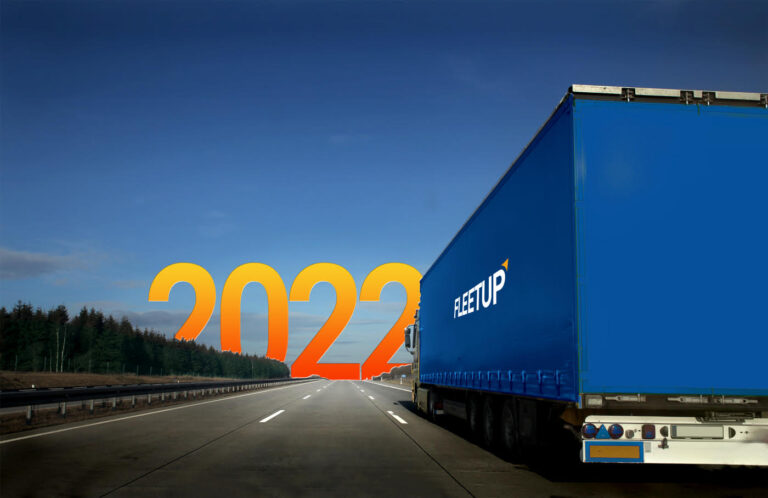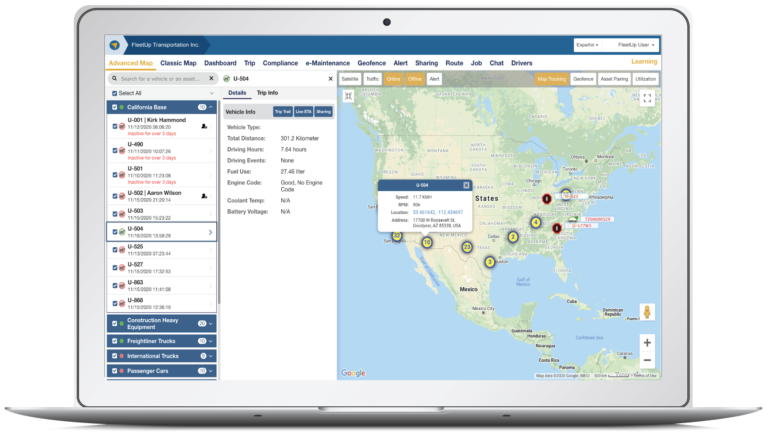2018: The Future of Fleet
Now that 2017 has come to an end, what’s in store for the state of the industry in 2018?
As the industry spent a majority of 2017 preparing for the ELD mandate and drivers familiarized themselves with new regulations and rules for compliance, fleet managers searched high and low for an ELD solution that will best suit their business needs.
The ELD mandate was implemented to keep both roads and drivers safe. Though the mandate is expected to have major impacts on fleets nationwide, safety remains a priority for 2018. Read on to learn more about our predictions for the state of the industry in 2018:
Driver and fleet manager shortage
The demand for drivers will continue to outweigh supply throughout the beginning of 2018. This, we can attribute to a steady economy and the public’s increasing interest in online shopping. Coincidentally, trucking companies are experiencing high-volume freight loads and do not have enough manpower to support jobs. Current trends leave the industry with a steady increase in driver positions to fill.
Parking shortage
Drivers are adjusting to the newly implemented federal Hours of Service (HOS) break requirements, while at the same time dealing with an increase in freight volumes. This combination of circumstances exacerbates the major truck parking shortage the industry is already experiencing. With the increase in shipments, there are inherently more trucks on the road to transport those shipments — all of which require safe and legal parking. Drivers will be forced to allot for time spent searching for parking and start their search even earlier, which impacts meaningful HOS logged and negates fleet productivity. Features such as GPS tracking will evolve and become critically important to optimize time spent on the road, and off— locating appropriate rest stops, traffic conditions, and more.
Continued regulation frustration
Leading up to December 2017, conversations and debates surrounding ELD regulations were becoming increasingly intense, with drivers worried about overregulation and unavoidable violations. To alleviate those frustrations, it will be important for industry leaders to provide drivers with continued education and training, to ensure fleet managers maintain driver retention rates. Managers will also need to work closely with employees to communicate potential mandate violations before it happens to adjust to these new requirements.
Bluetooth compliance failures
Bluetooth technology and ELD compliance just don’t mix well. A driver is tasked with ensuring the Bluetooth connection is up-and-running every time the engine is started. If the driver doesn’t pair and connect 100 percent of the time, HOS data will not be captured, and the driver will be in violation of the ELD mandate. If, and when, a Bluetooth ELD loses its connection to the mobile app, the ELD will continue sending data, but the data will not be captured due to the lost connection. The result is a loss of driver status, and the driver will be found out of compliance and in violation, which is predicted to increase throughout the year.
Technological advancements
Telematics technology can assist in identifying potentially unsafe driving practices and target specific habits for training. Another benefit of telematics is the wealth of data these systems have the potential to generate — from driving habits to maintenance logs, all information can be a found in a single system. The more data a business has regarding utilization, routes, and safety, the more insight they have to improve productivity.







